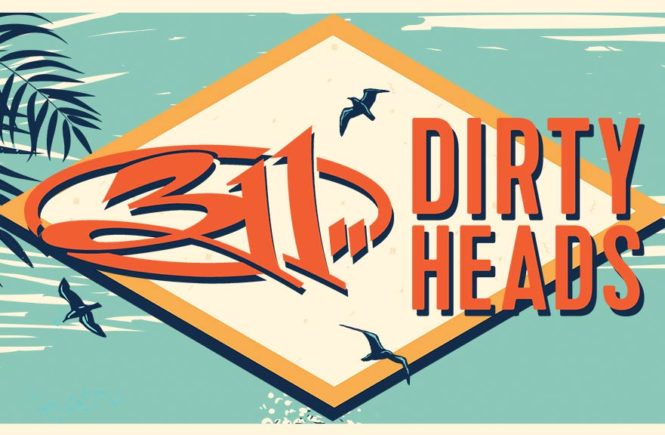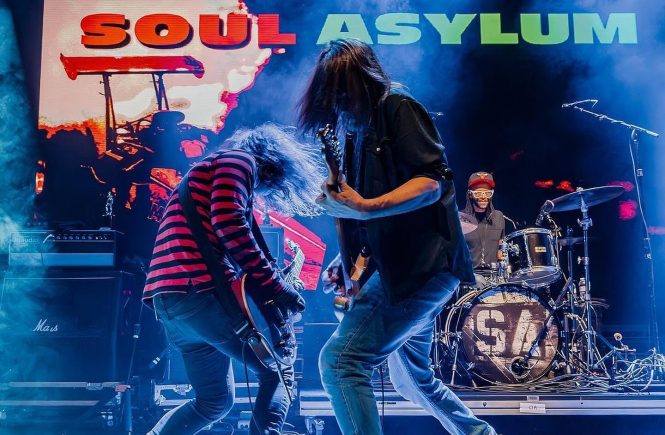Metallica’s Triumphant Return to Tampa: A 16-Year Wait Ends in Spectacular Fashion
The legendary thrash metal titans finally made their much-anticipated comeback on Friday night, unleashing an explosive musical assault upon a capacity crowd at Raymond James Stadium. The iconic quartet, which had notably skipped Tampa Bay during their previous two Florida excursions, rewarded approximately 70,000 devoted followers with an intense 2-hour and 5-minute performance featuring 16 electrifying tracks.
The M72 World Tour Experience
The metal legends are executing an ambitious two-night “no-repeat weekend” strategy, featuring completely different setlists and supporting acts — a calculated move clearly designed to entice die-hard enthusiasts to attend both performances. Friday’s supporting lineup included Limp Bizkit and Ice Nine Kills, while Sunday’s roster features Pantera and Suicidal Tendencies.
Metallica’s global dominance stems from their foundation of solid musicianship and complex compositions that resonate deeply with an incredibly devoted fanbase. Whether you classify it as power rock, speed metal, thrash, or heavy metal, Metallica continues to reign supreme within the genre.
Their M72 world tour has maintained impressive momentum following the launch of their 11th studio effort “72 Seasons” two years prior — the most recent addition to their catalog of aggressive, uncompromising recordings that build upon a largely exceptional discography.
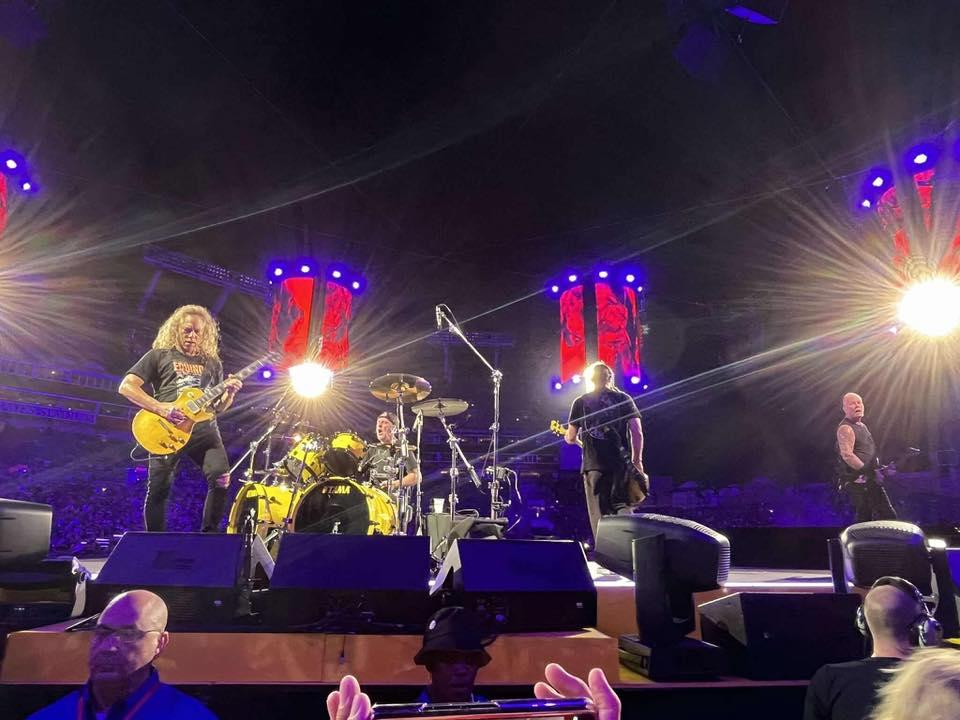
From Teenage Dreams to Stadium Reality
The band’s origin story began when 17-year-old drummer Lars Ulrich posted a classified advertisement seeking compatible musicians during autumn 1981. James Hetfield, freshly 18, responded to the call. He would evolve into the vocalist, lyricist, and rhythm guitarist. These two rebellious Southern California teenagers, filled with anger and defiance, would have likely dismissed any suggestion that they’d still be performing well into their sixties. Yet here they stand. Fortunately for all of us.
Friday’s performance spanned four decades of musical evolution, blending crowd favorites with lesser-known gems, launching with the explosive “Creeping Death” from their 1984 release “Ride the Lightning.”
Musical Mastery on Display
The distinctive rocket-powered, galloping pulse that defines classic Metallica sound emerges from Hetfield’s down-picking technique combined with lead guitarist Kirk Hammett’s scorching solos. Contemporary tracks like the title piece from their latest album and “If Darkness Had a Son,” performed early in the set, unleashed themselves like wild, runaway locomotives.
The evening showcased some of Metallica’s most powerful material, including “The Day That Never Comes” — a ballad that began with Hetfield seated before the band surged forward like an aggressive rhinoceros. “Love is a four-letter word,” Hetfield snarled. This moment represented one of numerous first-night peaks.
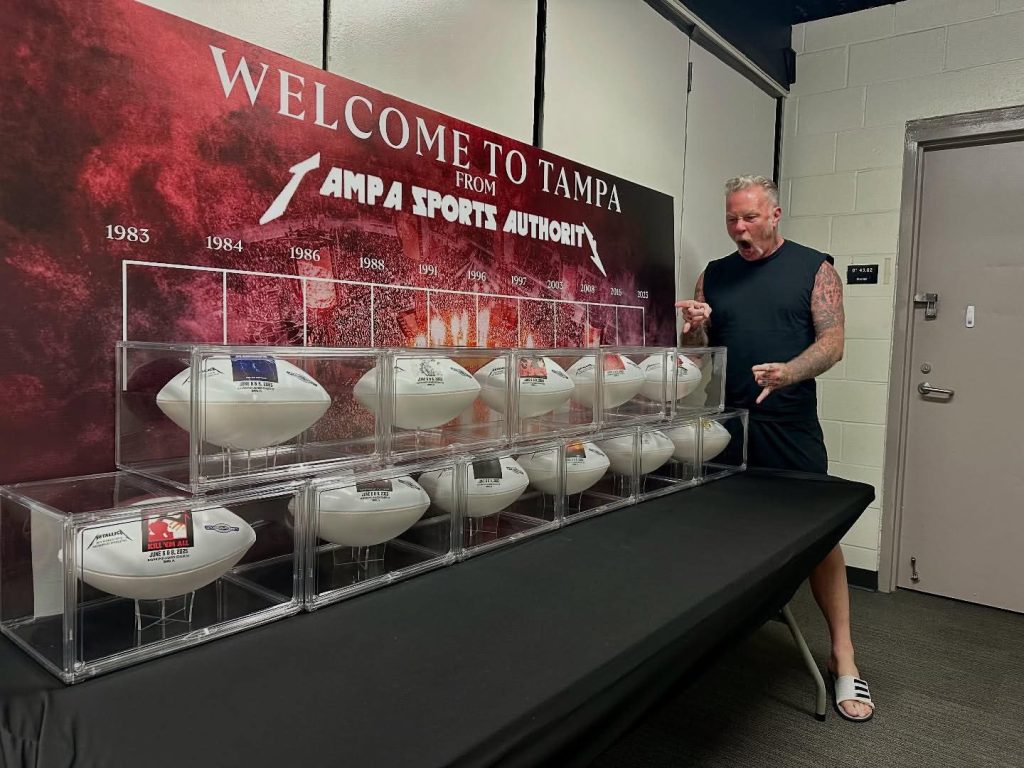
Deep Cuts and Emotional Moments
Regarding rare selections, few reach the depths of the hypnotic and melodious instrumental “Orion,” composed primarily by the transformative bassist Cliff Burton mere months before his tragic death in a 1986 tour bus accident. Metallica only resumed performing this piece with the talented Robert Trujillo, whose bass hangs so low it nearly touches the stage floor.
Hetfield appeared genuinely moved by the crowd’s magnitude, pausing mid-performance to declare, “I can’t believe how many people came here tonight to celebrate live music with your friends from Metallica.” He later addressed first-time attendees, stating, “we’ve been waiting for you, and now you’re here — members of the Metallica family of Tampa Bay.” Family endures forever, he emphasized.
That family reached peak excitement when Hammett began the beautiful opening notes of “Nothing Else Matters” from their best-selling 1991 album “Metallica.” This track represents the closest approximation to a genuine love song within the hall of fame group’s extensive collection, though it pulsed with remarkable energy.
Stage Design and Performance Dynamics
Fans occupied a “snake pit” within an enormous circular stage setup. This configuration presented both advantages and drawbacks. It created a more personal experience for those financially able to position themselves in the center of the action. Throughout much of the show, however, the four musicians seemed positioned in separate postal codes. Only occasionally, such as during “Orion,” would they gather near each other for an entire song’s duration.
The band concluded with fierce renditions of “Seek and Destroy” and “Masters of Puppets”. No encore followed, unless Sunday’s complete show counts as such.
Opening Act Highlights
Earlier that evening, Jacksonville’s pride, Limp Bizkit, delivered their signature brand of intensity during an entertaining, high-energy nine-song performance led by frontman Fred Durst and masked guitarist Wes Borland. Durst, sporting a Japan national team Shohei Ohtani jersey, acknowledged Clearwater resident Tom Cruise — a devoted Metallica enthusiast who was reportedly socializing backstage earlier.
Limp Bizkit followed every serial killer’s preferred band, Ice Nine Kills. The five-member Boston-based ensemble (excluding the zombies and distressed damsels who wandered across the stage) buzzed through a haunted house performance art piece choreographed to their music, complete with splattered blood, severed heads, hatchets, and various killing implements. By mid-set, one might wonder when they planned to melt down leftover Halloween candy corn and inject it directly into our bloodstreams.
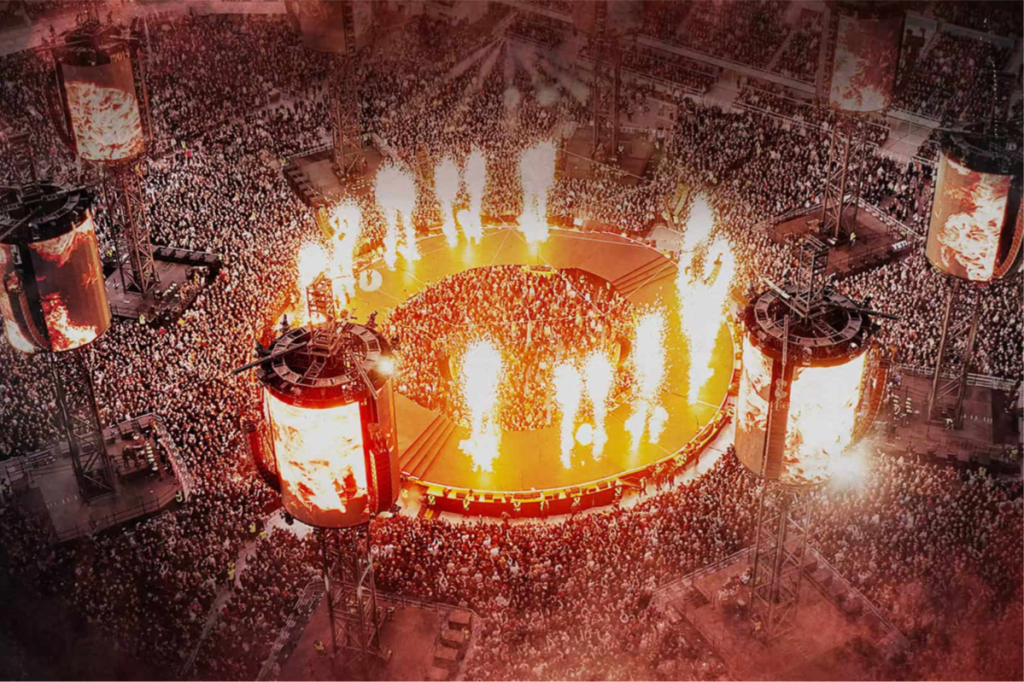
The Economics of Excellence
The primary disadvantages of the no-repeat weekend concept include significant financial implications: Floor tickets for individual shows reached $424 through Ticketmaster. Snake pit positioning commanded $3,700 on secondary markets. Seats in Ray Jay’s distant sections, where audio quality becomes unpredictable, approached $100. Even physical size carried monetary consequences. Fans purchasing 2XL, 3XL, or 4XL T-shirts faced an additional $5 “upcharge” at the busy merchandise booths.
Those fortunate enough to secure quality seats for both concerts deserve congratulations. (Tom Cruise certainly could manage it!) However, what about those who couldn’t? Choose Friday’s show and risk endless ribbing from friends who witnessed Metallica perform “Enter Sandman,” “One,” “For Whom the Bell Tolls,” “The Unforgiven,” and “The Call of Ktulu” — all typical second-night selections. Sunday offers the superior setlist. Attend only Sunday, and miss “Orion.”
An informal survey of fans wandering the concourse revealed approximately 70% purchased tickets for both evenings. “Smart marketing on their part,” one commented.
Tour Strategy and Fan Experience
Between the no-repeat concerts throughout this tour, Metallica schedules individual performances in locations like Syracuse, New York, and Blacksburg, Virginia. Those concertgoers enjoyed a fully-loaded final six-song celebration featuring “Nothing Else Matters,” “Sad but True,” “One,” “Seek & Destroy,” “Masters of Puppets,” and “Enter Sandman.”
Criticism becomes difficult when a band concludes a powerful show with the strength and conviction of their carefully selected tracks. The band appeared and sounded exceptional. The performance was genuinely fantastic. Yet it’s natural to desire more Metallica, particularly for those Friday-only fans who’ve been sleeping with one eye open and gripping their pillows tight — waiting all these years for the Sandman’s return.
Metallica Friday Night Setlist 6/6/25
- “Creeping Death”
- “Harvester of Sorrow”
- “Leper Messiah”
- “King Nothing”
- “72 Seasons”
- “If Darkness Had a Son”
- Kirk and Rob doodle (“Jalepeno Jam”)
- “The Day That Never Comes”
- “Cyanide”
- “Orion”
- “Nothing Else Matters”
- “Sad But True”
- “Blackened”
- “Fuel”
- “Seek & Destroy”
- “Master of Puppets”


